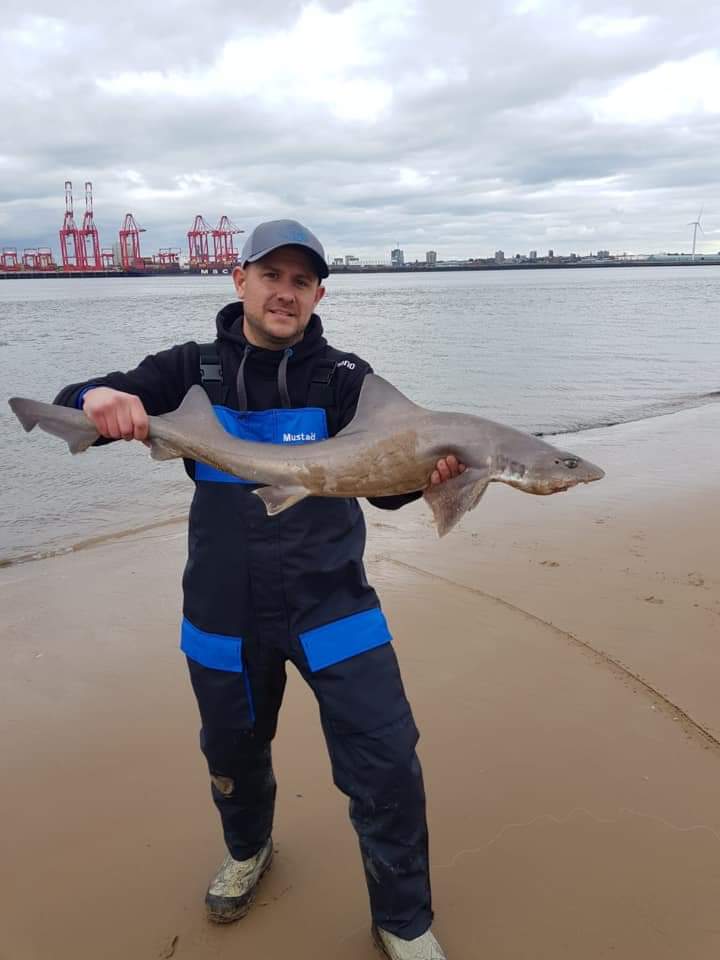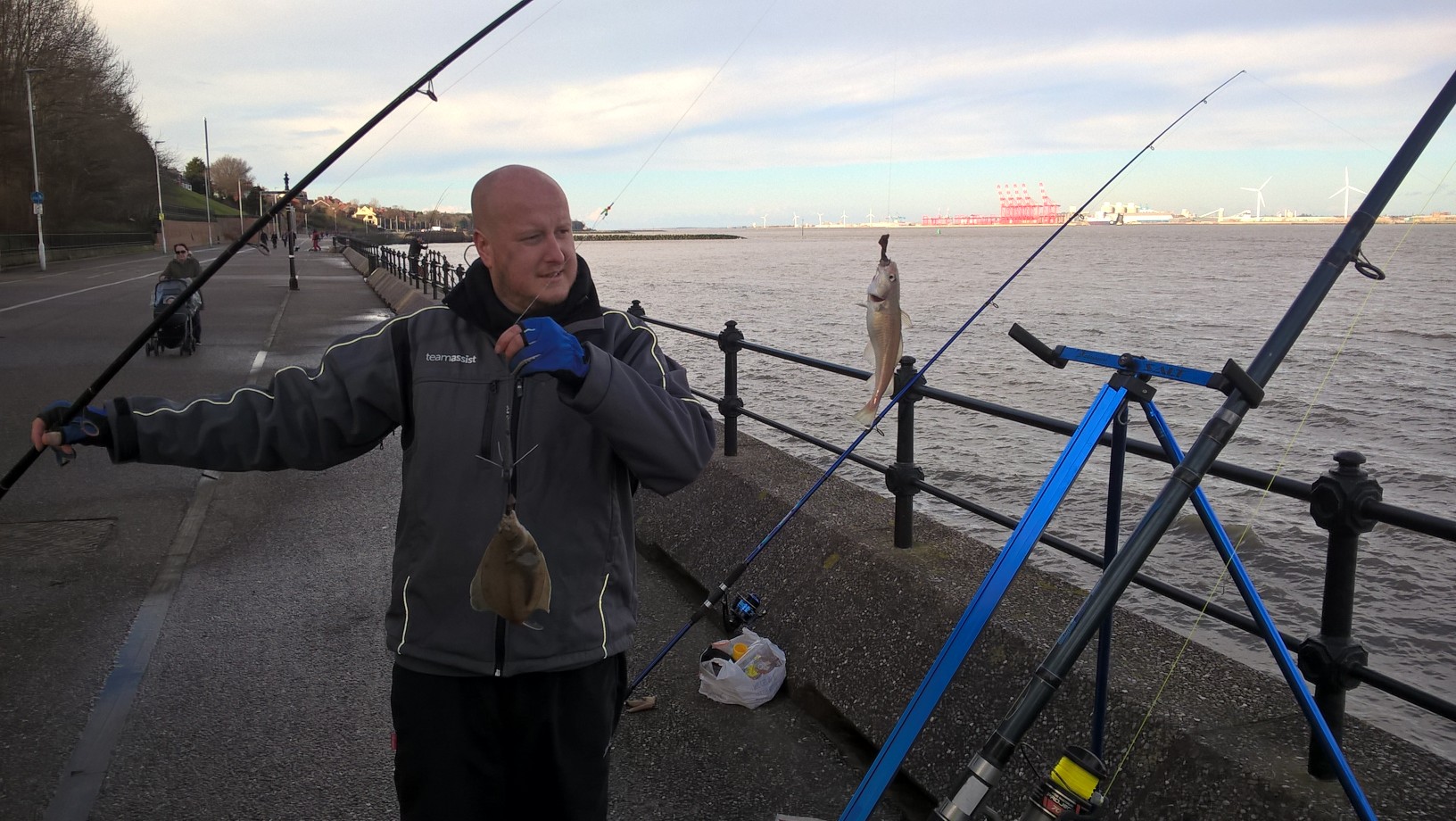Smoothhound fishing
Smoothhound fishing is an exhilarating part of this sport, once you catch your first you will be hooked. (Pun intended) Commonly they are referred to by anglers as Smuts.
A fantastic looking fish with the stereotypical features one expects of shark species. Particularly when looking at the dogfish and Bull Huss which anglers will catch more often. It’s what helps to keep anglers trying to target them year on year, they truly are addictive.

The legal limit for taking smoothhounds is 51cm, however most anglers practice catch and release. The numbers around the UK coast appear to be increasing each year which is great news. Catch and release is helping this expansion, plus there is little value placed on them as table food.

Smoothhounds move in shore around April and are around until September, some areas have a longer season. Usually the smaller ones arrive first then as the sea temperatures rise the pregnant females arrive, all in time to catch the molting crabs. Some of these females can be up to 20lb in weight but the average catch is between 6-10lb, these are seriously strong fighters.
There are two distinct species of Smoothhound.
Starry Smoothhound
Common Smoothhound
What catches anglers off guard the most is the shear power these creatures possess. The turn of speed these fish have is awesome, they can quickly have your tripod over if you are not ready for it and that’s the smaller ones too! Once you have held one you will keep coming back for more!
What are the Best baits for smoothhound fishing
Although smoothhounds are a member of the shark family they do not have teeth. Instead they have what are best described as grinding plates, perfectly adapted for their prey species. There main source of food are crabs of all species, the grinding plates help smash up the hard shells.

They will actively hunt out crabs, crustaceans and prawn along the sea bed. Natural prey is always the best source of bait when targeting a specific species. Crabs are the hands down winner as the best Smoothhound bait, however you will have far greater success using peeler crab.
As the temperature rises crabs will molt, their shells will soften and this is when they are at their most vulnerable. Smoothhounds move in shore during the molting season to feed on the crabs. These molting crabs are what anglers refer to as peelers or peeler crab.
Other baits will catch Smoothhounds but peeler is key. Hardback crabs, Prawn, Squid, Rag, Lug and Mackerel will all work but are far less effective baits.
Best locations for targeting smoothhounds
Smooth hounds prefer the open sandy ocean floor but will hunt around slightly rougher ground too. Prime examples of this are the North Wales coastline, numbers appear to be increasing yearly.
The river Mersey has now become one of the top venues in the UK for Smoothhounds. High and low tide they are showing up in good numbers. The title picture was caught by Steven Moffatt at the Town Hall Steps, Wallasey.
There is next to no commercial value in this species, hopefully its numbers will continue to increase. This can only mean good things for anglers in the future.
Try the link below if you are looking for a with enough rod with enough power to deal with Smoothhhouunds. These are a good all round rod at a decent price. Check out your local tackle store for further options and advice. What you want and what you need may be two very different things with budget being the deciding factor.





